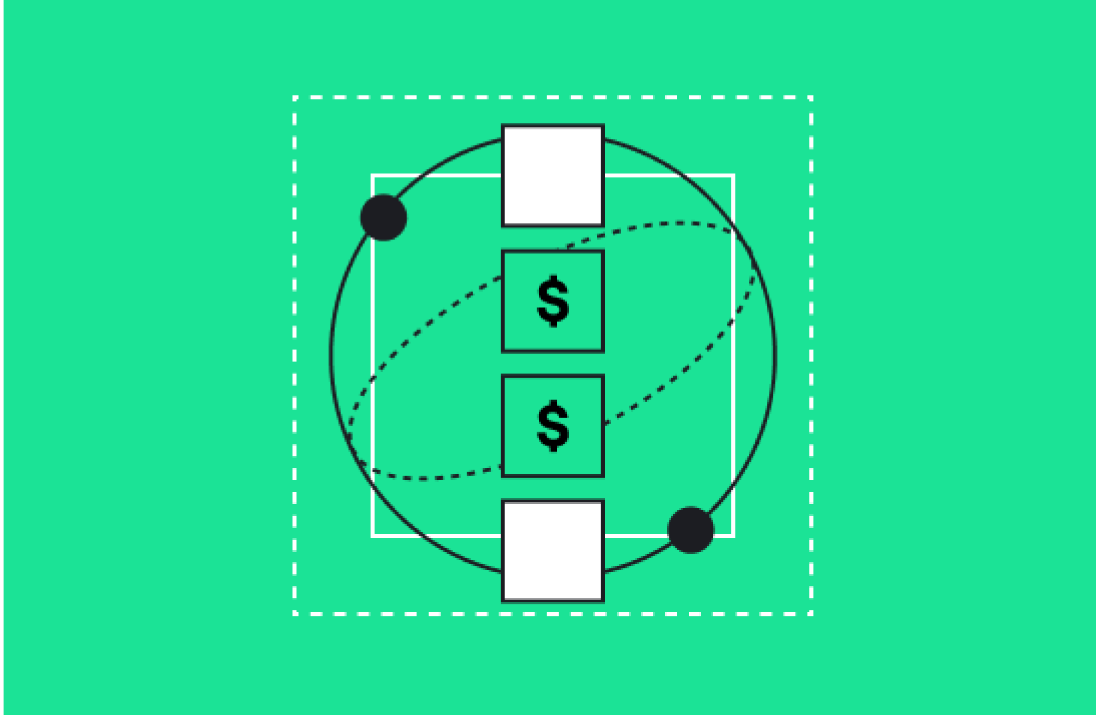If you want to get better results from your marketing campaigns, you should consider segmenting your audiences based on their shared characteristics. You should also create lists based on those segments, so you can enroll your segmented contacts into automated workflows.
By doing this, you can tailor your messages and offers to specific groups of people, which can lead to improved conversion rates and higher ROI. In this blog post, we'll share some best practices for list segmentation and audience management.
The Difference Between a Segment and a List
First, let’s explore the differences between a segment and a list.
Segments
A segment is typically used to group people or items together based on common characteristics. The five most common segmentation criteria are:
- Demographic (e.g., age, gender)
- Psychographic (e.g., personality, interests)
- Behavioral (e.g., buying process, level of engagement)
- Geographic (e.g., physical location)
- Firmographic (e.g., industry, number of employees)
Some segments are more difficult to discern than others. Psychographic information, for example, can’t always be gleaned from a form submission. Similarly, companies may not always be forthcoming with some types of firmographic information, such as annual revenue.
These aren’t the only segments you can use. Potentially, you could create thousands of segments based on your contacts and their unique characteristics.
Lists
A list is simply a collection of individual items, such as contacts. Lists can be segmented based on the characteristics we mentioned above, or they could be based on other criteria, such as time. For example, you could create a list based on new contacts you’ve gained in the past quarter.
If you wanted to create a segmented list, you could use any of the criteria above, or others. You could create segmented lists of customers by gender, with separate lists for male, female, and nonbinary customers. You could also create segmented lists based on purchasing behaviors or firmographic information.
This allows you to generate useful lists based on important information in your database. Do you need to be able to send specific email messages to existing customers in a specific state? You can create a list for that!
Knowing the difference between segmenting and listing can help make sure your marketing materials reach the right people.
Examples of Common List Segments
To get you started with segmentation and list-building, here are a few of the most common list segments. These are good places to start but don’t hesitate to experiment with lists and segments based on the needs of your business.
Demographic: Age
Grouping contacts into lists based on their age is an important step in crafting messaging. You could create lists for specific age ranges, such as 18-30 or 50+.
Demographic: Gender
Gender might be an important factor if you sell products that are designed for either men or women. Segmenting your contacts based on gender will ensure you don’t misgender anyone when sending messages to your contacts.
Demographic: Income
Income may be an important factor in determining whether a customer is ready to buy.
Psychographic: Lifestyle
Understanding your customers’ lifestyles helps you cater your messaging and product recommendations to them. If you’re selling cooking products to consumers, for example, it might help to know which of your customers are vegetarian. If you sell exercise equipment, it could help to know which of your customers work out frequently and which ones are beginners.
Psychographic: Interests
Likewise, knowing your customers' interests can help you get them excited about your products and services. If a customer is interested in technology, you can send them content about the latest tech innovations to increase engagement.
Psychographic: Hobbies
A contact might be more interested in your product or service if it relates to their hobby. For example, a company offering a meal-kit subscription service could benefit from keeping a list of contacts who are interested in cooking.
Behavioral: Existing Customers
Keeping a running list of your existing customers can allow you to generate workflows and messaging designed specifically for them. This is especially important if you intend to reward long-standing customers or create a loyalty program.
Behavioral: Subscribers
You’ll need a list of subscribers to send regular email updates about new blog posts, or for your email newsletter.
Behavioral: Lifecycle Stage
A lifecycle stage list could consist of new customers, repeat customers, leads, or other segments. This type of list is especially important for enrolling contacts in nurturing campaigns.
Geographic: Region
It helps to segment lists based on region due to issues of timing, but it could also help you power regional marketing campaigns.
Geographic: Country
You can create segmented lists of contacts based on country to inform campaigns unique to those countries. This could also help you ensure you’re using the right languages when sending marketing messages.
Geographic: Urban/Rural
Identifying which contacts live in urban and rural environments may be important to how you market your products and services.
Firmographic: Individual Company
In B2B settings, listing contacts based on what company they are a part of could be an important part of your account-based marketing campaigns.
Firmographic: Number of Employees
If you want to sell your products or services only to large or small businesses, you can create lists based on businesses’ number of employees to segment your campaigns.
Firmographic: Annual Revenue
Categorizing businesses by annual revenue could help you identify companies that have the right budget for your products or services.
Use Lists and Segmentation for More Targeted Marketing
These are just a few examples of the segmented lists you can create using your database and a CRM tool, such as HubSpot. You may need to branch out into a more granular level of segmentation to make your marketing more precise.
Just remember that you don’t have to create lists just for the sake of doing so. These lists can power your marketing workflows, as they can be used to set the status for enrollment triggers.
To learn more about how to power workflows with lists and segments, contact us at Aptitude 8 today.






